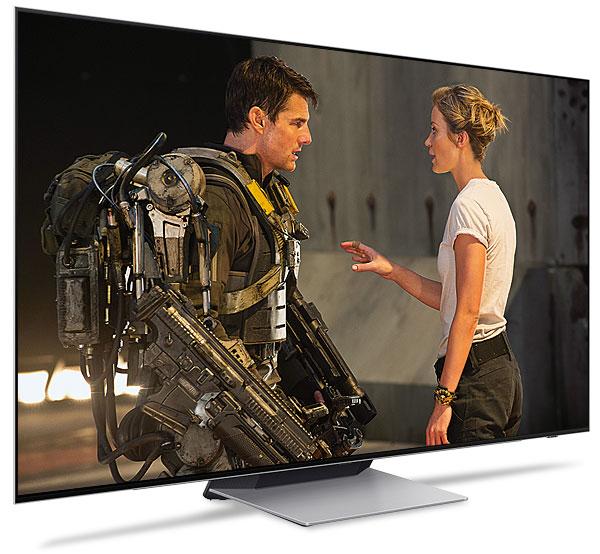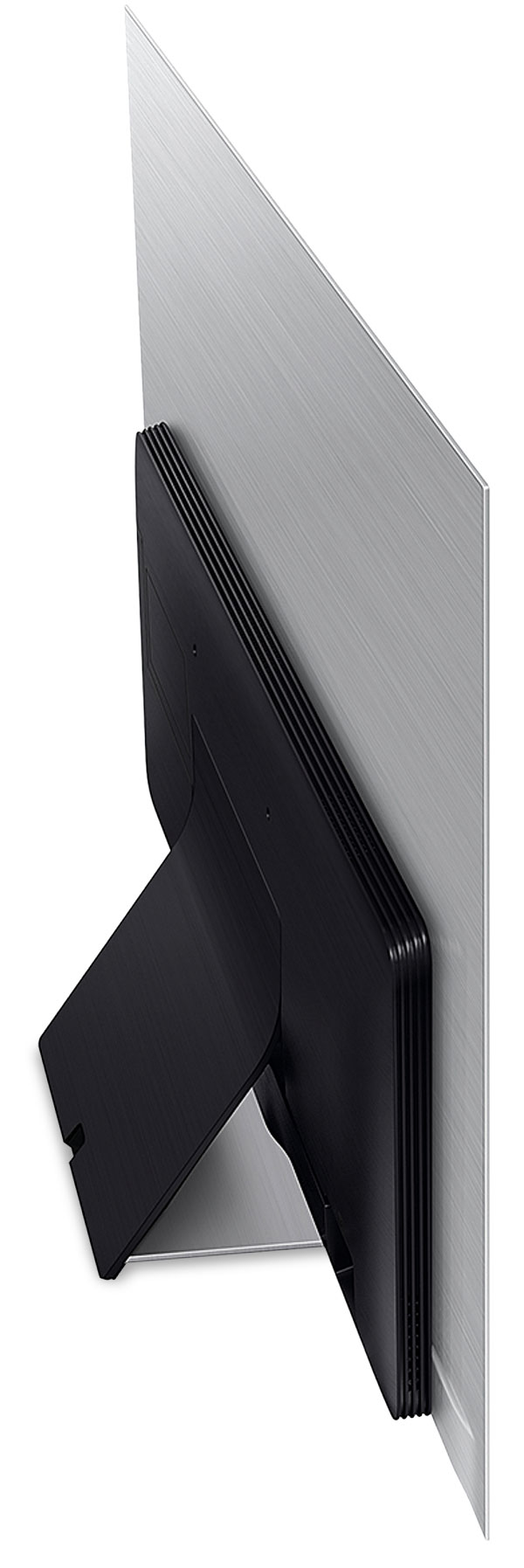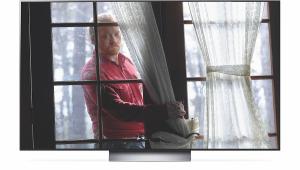Samsung QE65S95B OLED TV Review

 There's a new type of OLED in town – and John Archer is very much here for it
There's a new type of OLED in town – and John Archer is very much here for it
The QE65S95B is a Samsung OLED TV. This is something that bears repeating, because after spending almost a decade telling you not to buy an OLED because they're not bright enough and can fall prey to screen burn, Samsung has changed its mind. Before anyone starts mumbling anything about hypocrisy or petards, however, Samsung's new OLED TV is not the same as the models we're used to.
Where 'traditional' OLEDs fire organically created white light through red, green and blue filters, Samsung's 'QD OLED' panels use their organic elements to generate a blue light that passes through red and green layers of Quantum Dots. Using a blue source light removes the potentially polluting nature of white from the colour production process, while Quantum Dots are capable of delivering both purer colours and more colour volume (colour plus brightness) than colour filters.
All of which could, if handled right, result in stronger colour saturations and more brightness than we've seen from even the best regular 'WRGB' OLED screens from the likes of Sony, LG, and Panasonic.
Samsung is not, it should be said, claiming that its QD OLED solution is impervious to screen burn (permanent image retention caused by prolonged exposure to bright static image elements). Even regular OLED TVs, however, are far less susceptible to screen burn than they used to be, and not using a white element could reduce the issue even further.
Rise Of The Machines
The QE65S95B's QD OLED panel is driven by Samsung's Neural Quantum Processor 4K. This is the result of AI/machine learning to help the TV recognise and more appropriately present different types of picture content, and is designed to enhance pretty much every aspect of image quality, from sharpness and upscaling to colour, contrast and motion handling. Smart features are provided by Samsung's latest, revamped Tizen system. This is great when it comes to voice recognition control options and range of content, but the new interface design is significantly less helpful and intuitive than its predecessor. Hopefully it will benefit from a rethink for 2023.

The TV's design is suitably futuristic. The 65in screen is almost scarily thin over most of its rear; so much so that it bends slightly while you're attaching it to its heavy-duty stand. Samsung still fits a healthy roster of connections onto the relatively small chunky section of its rear, though, including four HDMIs capable of handling 4K at 120Hz feeds, variable refresh rates (with AMD Freesync Premium Pro), and automatic low latency mode switching.
While the QE65S95B's inputs can accept most of the latest video formats, it does join Samsung's other TVs in still not supporting the Dolby Vision HDR format. You get HLG, HDR10 and HDR10+ support only.
Despite the super-slim chassis, the set carries both Dolby Atmos sound decoding and Samsung's Object Tracking Sound (OTS) technology, where multiple drivers – ranged around that small chunky section of the rear body – aim to position audio relative to the correct place on the screen.
Vision Of The Future
So is the Samsung QE65S95B the next evolution in TV picture quality? Actually, yes, I think it is. With one or two 'it's a debut' riders attached. Given the company's boasts about the capabilities of its new baby, I deliberately fed it a diet of famously extreme 4K Blu-ray encodes, including Mad Max: Fury Road and Zack Snyder's Justice League. It didn't disappoint. On the contrary, its pictures felt like a vision of the future.
 |
Home Cinema Choice #351 is on sale now, featuring: Samsung S95D flagship OLED TV; Ascendo loudspeakers; Pioneer VSA-LX805 AV receiver; UST projector roundup; 2024’s summer movies; Conan 4K; and more
|

















































